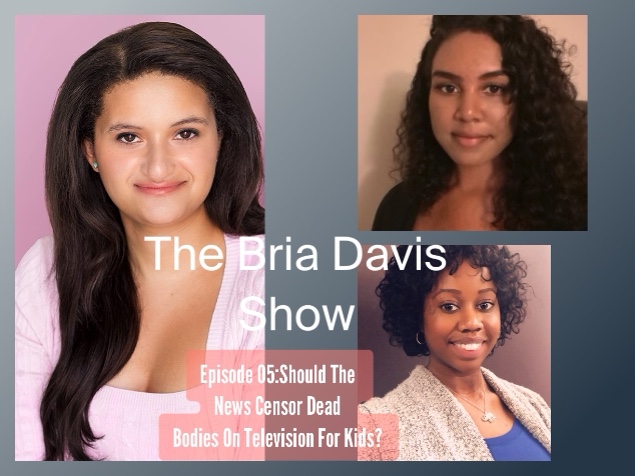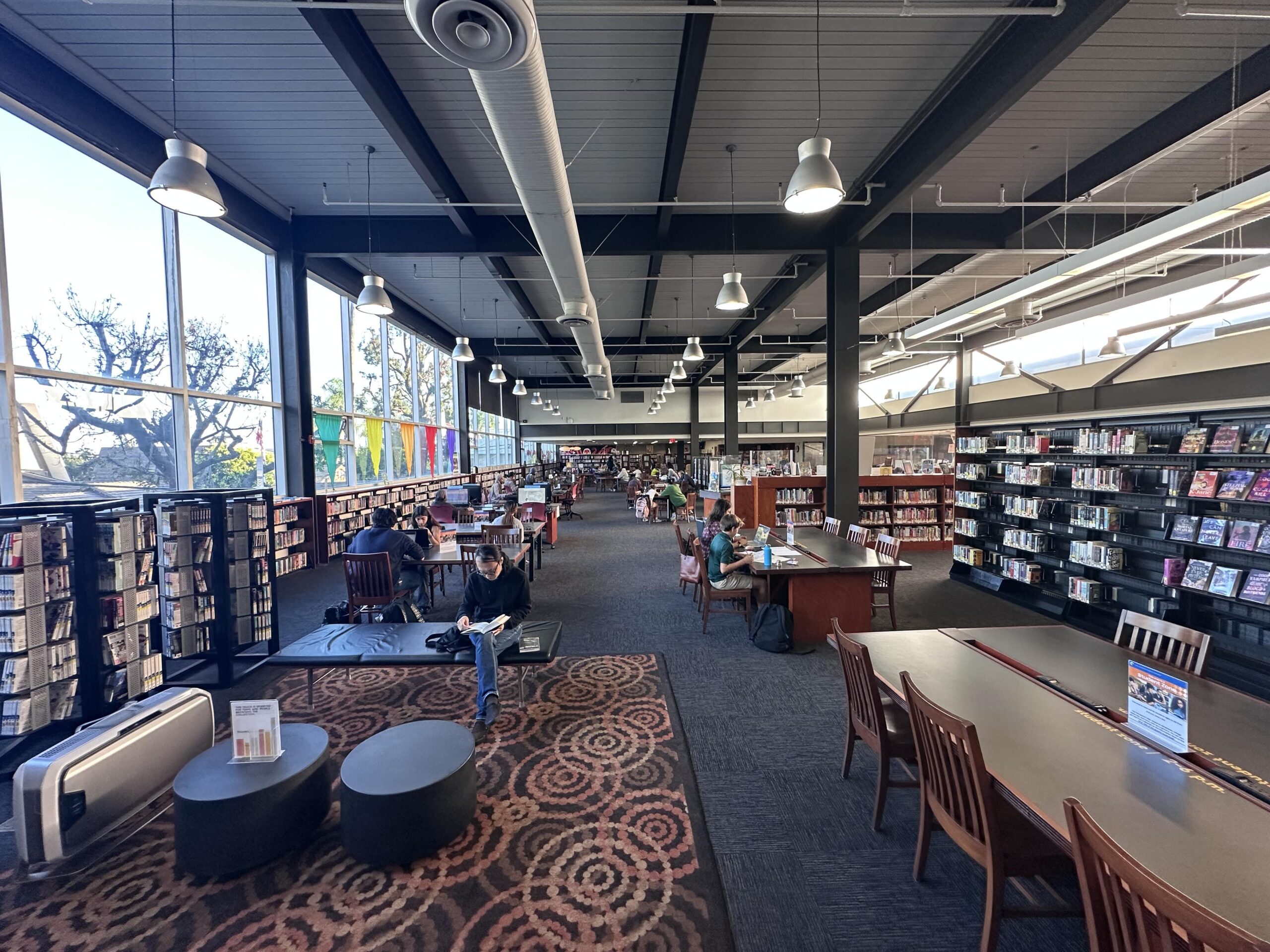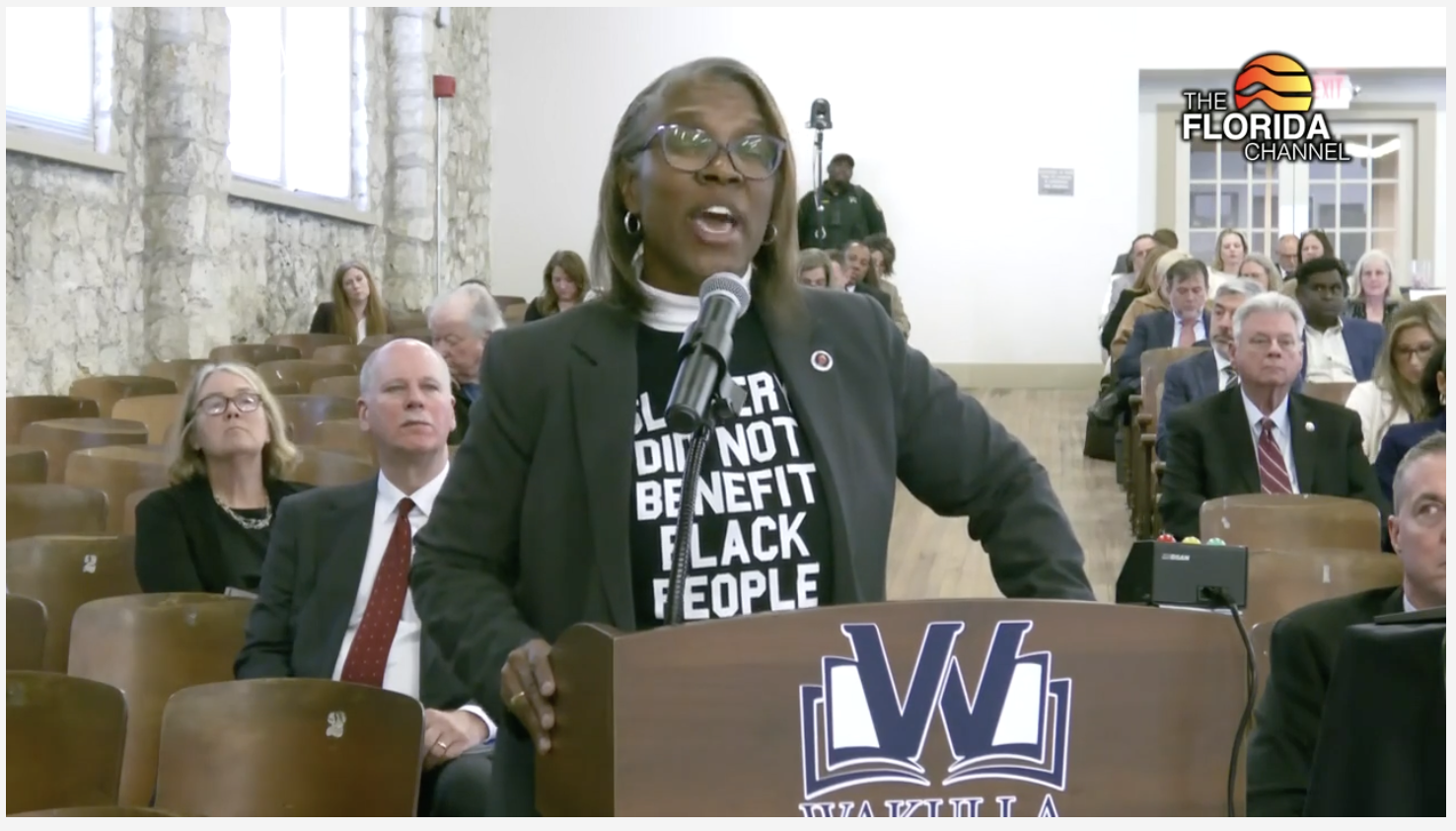(SOUTH BRUNSWICK, N.J.) – When CCTV footage of students and teachers in Uvalde, Texas fleeing a gunman leaked on July 12th, it marked the most graphic visual depiction released of the Robb Elementary School shooting. The video shows both the initial chaos of the shooter’s arrival — minus the sounds of screaming children, which were edited out — and the long wait afterward as police milled about and checked their phones. While journalists are heralding the video as critical to understanding the gravity of the shooting, the decision to remove the children’s screams is part of a long tradition of censoring graphic content, such as the dead bodies of children. In this summer’s mass shooting, experts have increasingly clamored to have images of the dead published in the press so that the public can see the actual grisly aftermath of these violent events.
In this podcast, Bria Davis talks to two members of the public, Aundria Harvell, who works in cybersecurity, and Analyst Meagan Callender. Not parents themselves, voices like theirs are often left out of the debates on whether or not the media should censor images of dead children.
In a tweet on May 25th, NPR’s Senior Vice President for News and Editorial Director Nancy Barnes wrote, “We cannot sanitize these killings. That in and of itself is an editorial decision.” But will showing a photo of a dead body enlighten the world or offer any solutions? Shootings like those in Uvalde, Sandy Hook, and at the recent Fourth of July parade in Highland Park all involve children. Children in America today learn about lockdowns, not talking to strangers, and the meaning of death. But with school shootings on the rise, should dead children on television be part of that education?


